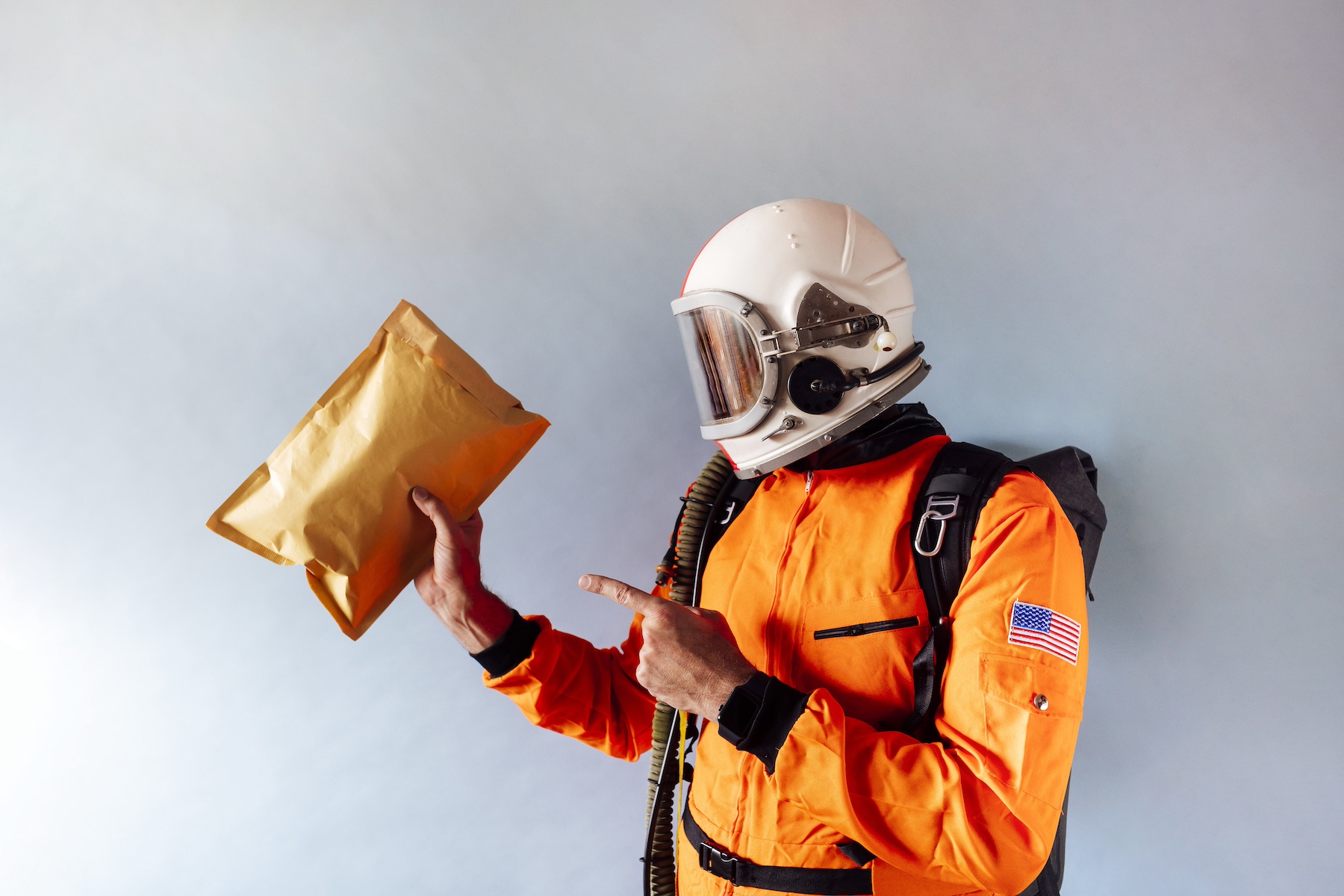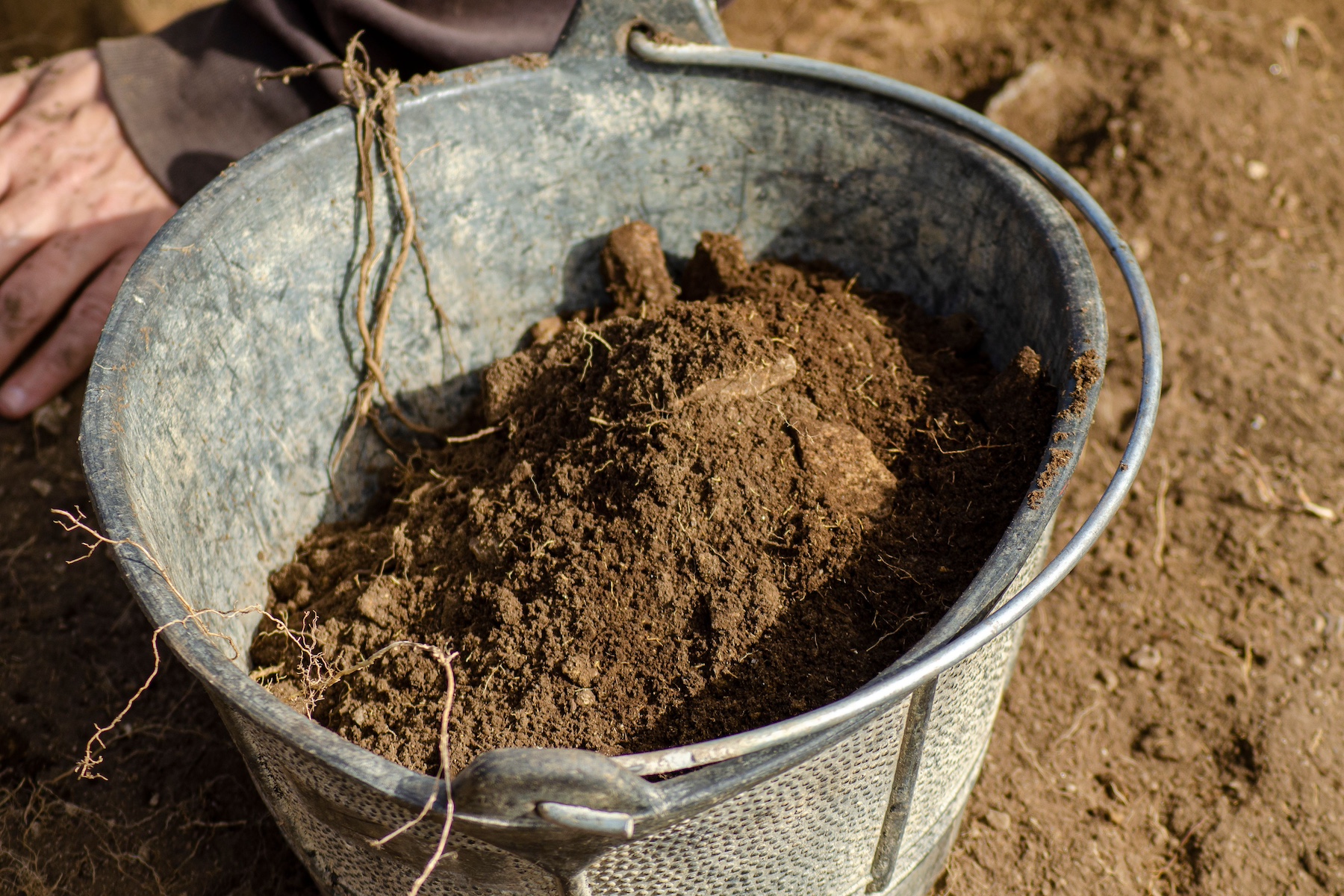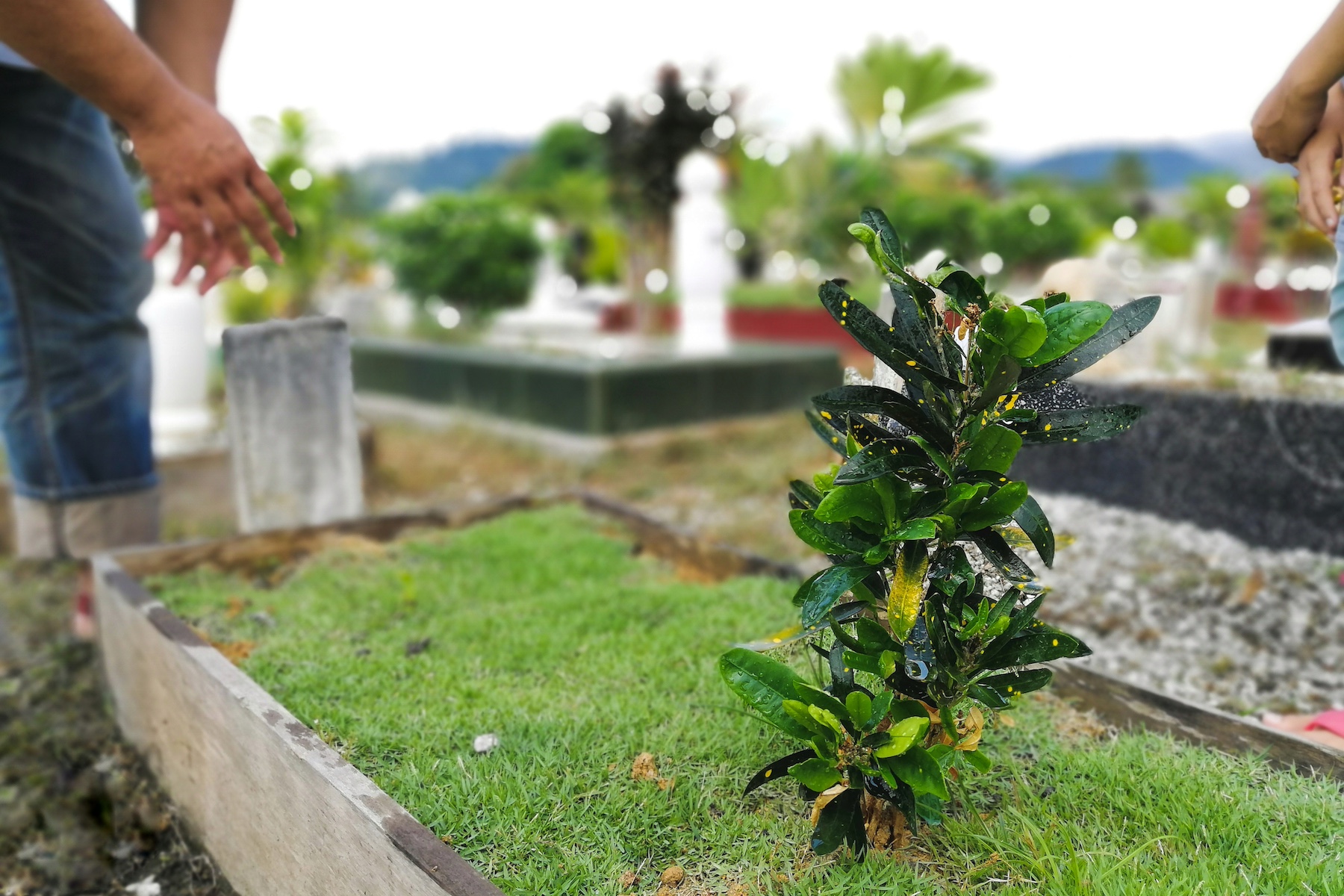When you hear a rocket that recently landed on the moon had cremated remains in its payload, that alone is news in itself. But the story goes a bit deeper after the Navajo Nation objected to the launch.
Just what’s going on? Is the moon the next final resting place for cremated remains? And why is the Navajo Nation opposing that idea? Let’s find out.
Memorial Spaceflights Spark a Debate
With lunar activity beginning to grow, it’s not surprising to find that ideas like memorial spaceflights and space burials are catching on. Private companies such as Astrobotic Technology, who launched a rocket mission dubbed Peregrine Mission One in January, have sparked a memorial spaceflight debate.
The mission is primarily for taking on various payloads to the moon. A payload is essentially a cargo shipment. Payloads come from various sources, including NASA. They also come from companies like Elysium and Celestis. Both of the companies arrange memorial spaceflights and space burials in which cremated remains may be put on the moon.
It’s the latter payload that the Navajo Nation objects to in the latest rocket landing. The Navajo Nation believes the moon is sacred. In a statement the Navajo Nation explained that the moon is a celestial body that is worshiped. The Navajo Nation’s president Buu Nygren argued that bringing cremated remains to the moon would essentially make it a final resting place, which conflicts with the tribe’s beliefs.
Although the Navajo Nation’s concerns were acknowledged, the launch commenced on schedule. In February, the lunar lander landed along with the cremated remains of dozens of people. Charles Chafer, the CEO of Celestis, acknowledged the tribe’s concerns, but stated that his company’s position is that they aren’t desecrating the moon. Instead, the memorial spaceflights are meant to be a celebration of life.
NASA weighed in by pointing out that the launch in question was a private mission from within the commercial sector, of which they have no authority. This is despite the fact the mission is part of the NASA Commercial Lunar Payload Services program. However, NASA also acknowledged that lunar transport is a new horizon with no real precedence.
After the statement was released, government officials in NASA and the Department of Transportation arranged to meet with members of the Navajo Nation to discuss their concerns.
But there’s no sign that it’s going to slow down the rate of space burials. The Navajo Nation had a similar grievance in 1998 when one of the first space burials occurred. Unlike the space burials of today, back then the cremated remains of famed planetary geologist Eugene M. Shoemaker were put on the moon.
There are a lot of things that the family can choose to do with cremated remains, which is one reason why some people choose cremation. If you’re interested in simple, straightforward direct cremation give us a call or text any hour.



